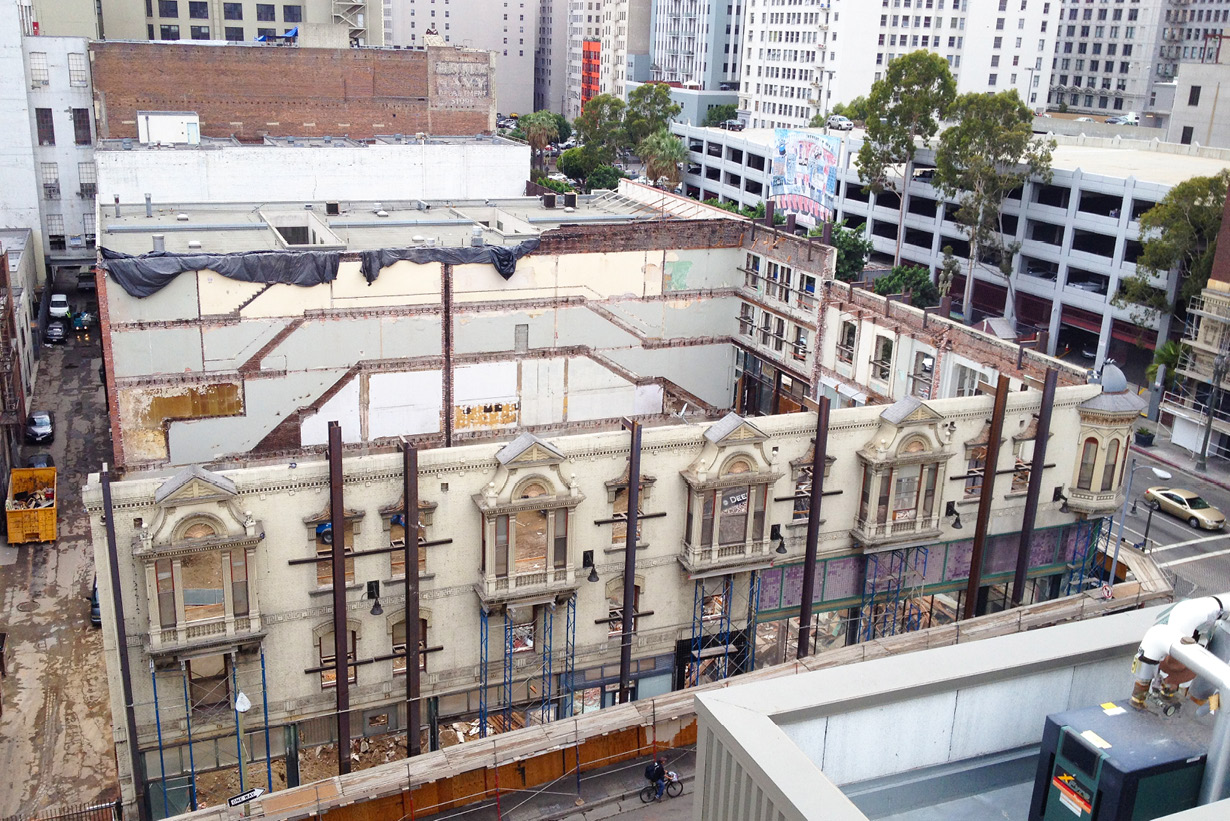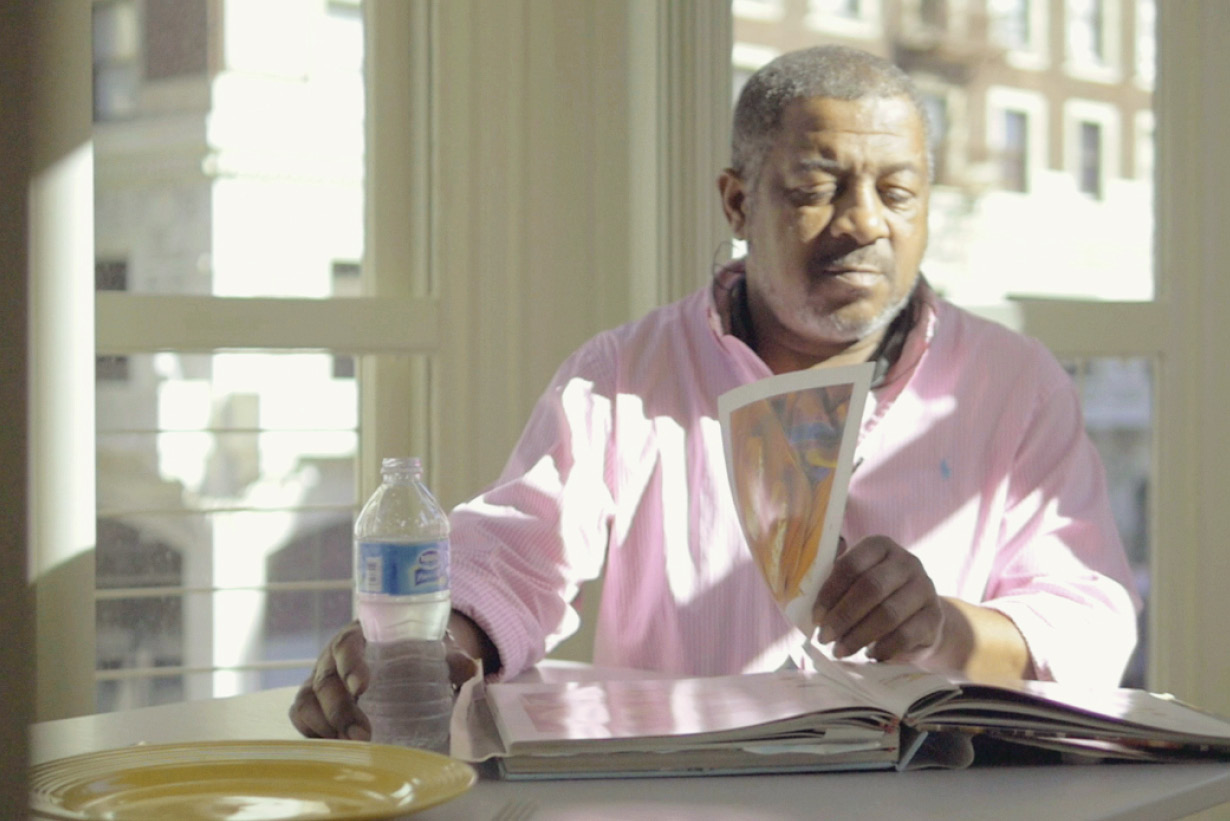The complexities of re imagining older buildings into new spaces become even more layered with designated historic structures. Architects must coordinate not just with clients, consultants, and artisans, but public agencies empowered to protect a classic building’s character. Killefer Flammang Architects(KFA) has performed this role in multiple Los Angeles historic and cultural monuments, including the Ace Hotel (the former United Artists office tower), The Roosevelt and the Pacific Electric Building
The just-completed renovation of the 1923 Taft Building in Hollywood (once occupied by Charlie Chaplin, Will Rogers and Academy of Motion Pictures Arts and Sciences) is the latest example: It combined navigating approvals with finding moments of architectural inspiration. KFA Project Manager Tarrah Beebe describes them.
What was the building and the assignment?
The Taft renovation repositioned a beautiful, 12-story, neo-Renaissance landmark into creative space for building owner Clarett West Development. It required a careful integration of modern uses – open floor plans, modern HVAC systems – with a building listed as a Los Angeles Historic-Cultural Monument.
How did you interface with city agencies?
There was a tremendous amount of coordination with the Los Angeles Department of Building and Safety and the Office of Historic Preservation to make this project a reality. We were protecting the historic character while upgrading essential fire/life/safety systems, and the entire process involved collaboration among the design team, owner, and city agencies. Frequent meetings ensured that historic building configurations were transformed to accommodate contemporary demands. The central open stair, for example, has a lot of historic fabric. We maintained the beautifully detailed stone and decorative metal, but within the context of fire and life safety requirements. Now, this central stair provides an active transition from floor to floor. It is integral to the experience of the place.
What were some sources of inspiration?
We had the good fortune of discovering the original architectural and structural drawings, and their beauty captures the grandeur of the Taft, telling the building’s story. They were not only a source of inspiration for the renovation design, they were helpful in understanding the original design. It is fascinating to uncover the historic fabric shown in the drawings that had been covered over the years by modern – and in most cases unfortunate – materials.
Along Vine Street, for example, we referenced the historic drawings and cast molds of the existing historic fabric in order to recreate the historic storefronts. We were able to replace lost or damaged terra cotta tile in order to bring the façade back to its original design.
What are some of the other conflicts that need resolution?
Today’s market demand for creative offices makes a building such as the Taft very popular. The materials and craftsmanship are inspiring to this kind of tenant, who is often rejecting a “corporate,” Class A building. The irony is that in the 1920s The Taft was a very formal office environment. Our challenge is to reflect contemporary, creative office culture of open, collaborative spaces and raw materials, while preserving the irreplaceable character created almost a century ago.

